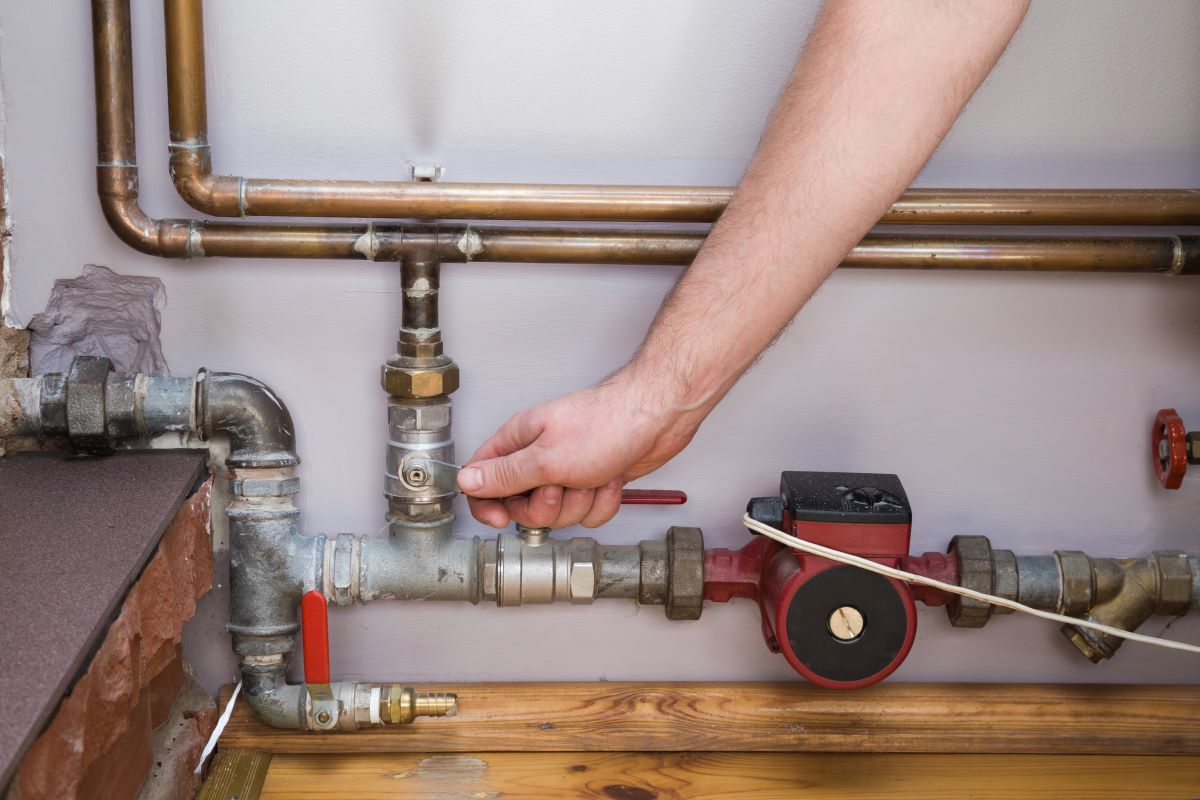Basement issues range from pure aesthetic to plain catastrophic, and one way to fight against this is by making some much-needed repairs to ensure it stays in its best condition.
If you plan to make it an extra room or convert it into a home office, you’ll need to put in more work and ensure that there’s proper lighting, ventilation, as well as heating and cooling. It will be helpful to add some led tape light and temperature controllers to give the basement a modern boost.
To start your project, here are the most common basement issues homeowners need to fix as soon as possible.
Floor
If your basement floor has worn-down looking tiles or carpeting, it’s time to get new and better ones. Great choices are plastic drainage mats and dimple mats that allow air to circulate under the flooring, protecting it against moisture. These additions also provide a layer of insulation separating the floor from the cold concrete, reducing the accumulation of moisture damage from water vapor migrating through the concrete. Making these changes make your basement safe and immune to flood or water seeping indoors.
Sump Pump
Sump pumps remove excess water buildup out of the way of your home during heavy rainfalls or storms. If this device stops working, water can get into your basement’s foundation walls that won’t only produce mold and mildew but also potentially flood your basement. Whether your sump pump is continuously operating or isn’t working at all, it’s something you should address immediately. That’s because the sump pump plays a crucial role in flood prevention.

Basement Walls
Basement wall cracks are quite common and don’t indicate serious issues, but having a leaking basement wall can lead to basement flooding over time. Another concern with basement walls you need to look out for is buckling, bowing, and showing other signs of wear and tear, which means it’s time to have a professional check your basement and home out. That’s because buckling walls can get worse — fast. It often means your home’s foundation is failing.
If you see any cracks on your basement wall, ensure to cover it immediately with a sealant. Meanwhile, if you see buckling, bowing, and other unusual appearances, contact a professional.
Gutters and Downspouts
Gutters and downspouts direct rainwater away from your home’s foundation. When these parts are missing or get damaged, rainwater often gets directed towards your foundation. When this happens, it can gather in the soil around it, making your home prone to floods. You can fix this by adding gutters in your basement if you don’t have existing ones and one downspout every 50 feet (ca. 15 m) of your roof’s eaves. If you have built ones already, ensure to clean them regularly for optimal performance.
Basement Foundation
An important place you need to check when fixing up your basement is its foundation. That’s because when a basement’s foundation has cracks in it, expect water to flow inside your basement. This situation happens when the floor joists aren’t correctly connected to the walls’ foundation, leaving the walls to move and form cracks. The proper way to fix these cracks depends on their causes. In most cases, repairing the exterior drainage should remedy the issue. Still, if you think structural problems caused the damages, you’ll need to fix the floor joists by ensuring proper footing and connections.
Even if you don’t use your basement as much as the other rooms in your home, it pays to make the fixes mentioned to ensure your basement is in its top condition — saving you money on repairs and adding value to your home.